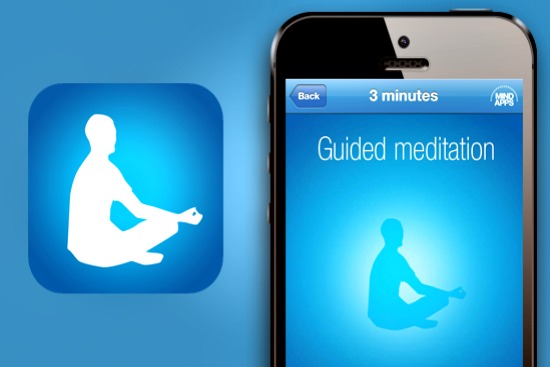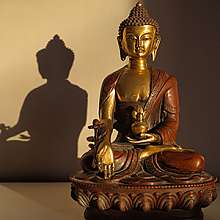On Meditation and Technology
How does technology help us connect to ourselves? How does it not help?
And how does technology help us better connect to others? Or how does it not help with that?
And more importantly, what can technology do better to make connecting with others and ourselves easier?
As a Millennial who learned to type at age 9 and grew up with the Internet, I often take technology for granted – at least until my iPhone battery dies! While I’m aware of how much more scatterbrained technology can make us, I’d like to focus on the aspects of how technology can help us better connect to what matters.
In my experience, technology is better for connecting outwardly with others, than inwardly, with our selves. However, what technology can do in terms of self-connection is help in several areas where being offline doesn’t work as well, especially for people who are traveling or not able to be at in-person sangha events.
What meditation apps can help with:
- Reminders: Sometimes the hardest part of meditation is just getting started, or remembering to make the time. With Google calendar on my phone or an in-app push notification, you can set up reminders to make time to sit on a daily basis – and customize reminders to be at a later time on weekends, for example.
- Access to Guidance: From meditation timers like ZenFriend to Headspace guided meditations, it’s easier to connect with yourself when you have a scaffold of support.
- “Digital Sangha” – Seeing Others’ Activity: On some meditation apps, you can see “Community” statistics where people post their name, location, and how many minutes they sat that day as part of using the app. (In some cases this may be the default setting to publish your name, location, and session duration, though you can also change the settings to be anonymous.) I find it highly motivating to see the names and locations of other people who have used a meditation timer app around the world in the last 24 hours. Even though I’ve never met them, it’s inspiring to see a global “digital sangha” in the activity feed of hundreds of people who are making time to meditate.
- Motivational Statistics: The most motivating thing for me, which makes me make the time to connect with myself, is the fact that using a meditation app (rather than a plain timer on my smartphone) displays my statistics. When my ZenFriend “sessions completed today” is 0 and “days in a row” is not increasing, it makes me pay attention to getting time in my calendar to sit. There’s also an element of gamification where I can compare “currently” to “highest” number of days in a row where I want to “beat my current highest number.” While I’ll be the first to admit that there’s a bit of ego involved in competing with myself here, the fact that I can harness my ego with the app to make more time to sit is in the long run, helping to engrain the positive habit of sitting every day more consistently.
The bottom line: while a meditation app is not a substitute for in-person classes and workshops, it’s helped me be more disciplined in having a more committed daily practice.
As for technology enabling us to be more distracted, there are actually a number of tools on your computer and offline to reduce distractions.
Here are a few:
- Flux on your computer shifts the blueness of the computer’s screen at night to be more in the red spectrum, which makes it easier to fall asleep. (There’s a lot of research on blue light, melanopsin, melatonin, and sleep patterns )
- RescueTime logs (and can limit access to) distracting websites you choose you want to spend less time on.
- Goodnight Chrome automatically turns off the Chrome browser at a time you set every night.
My personal favorites are actually offline tips: turn your computer and cell phone off before going to sleep, and use a dedicated alarm clock rather than your phone.
For more on these topics, check out the Wisdom 2.0 conference in San Francisco in February 2015.
About the author: Katharine Bierce cares about helping technology serve humanity. Her career has included work in startups, nonprofits, and large tech companies. In her free time, she enjoys practicing and teaching yoga, hiking, cooking and meditation. You can find her on Twitter: @kbierce and @BizCasualYoga









